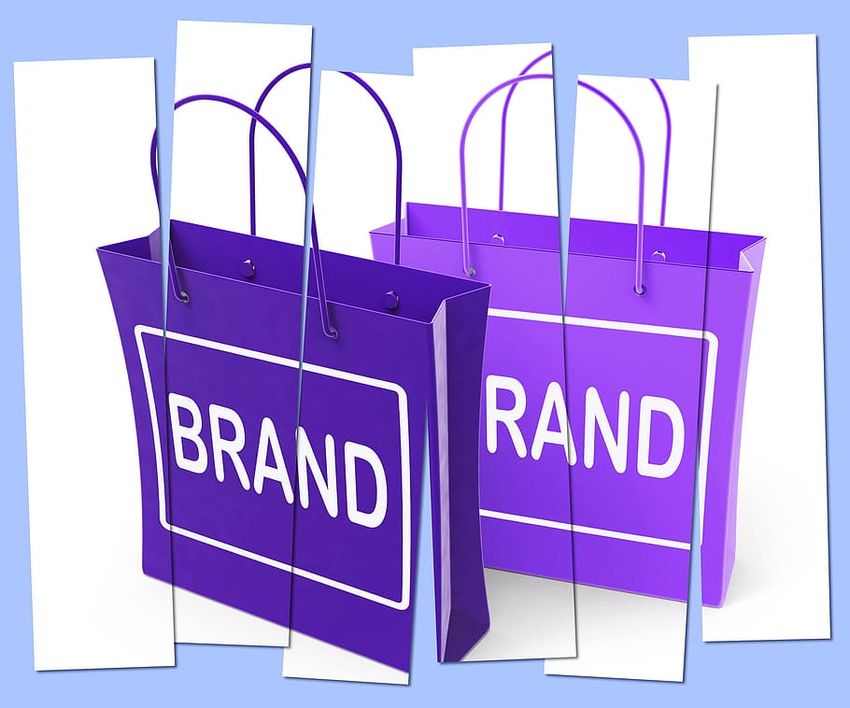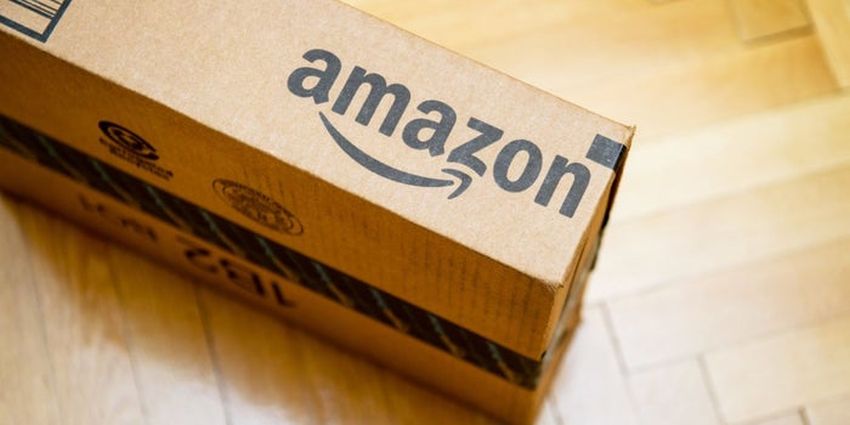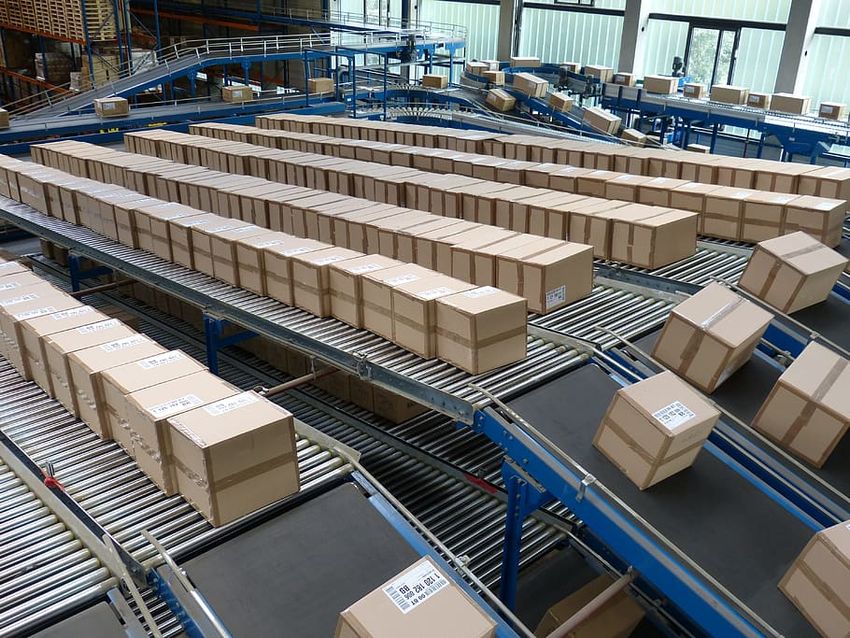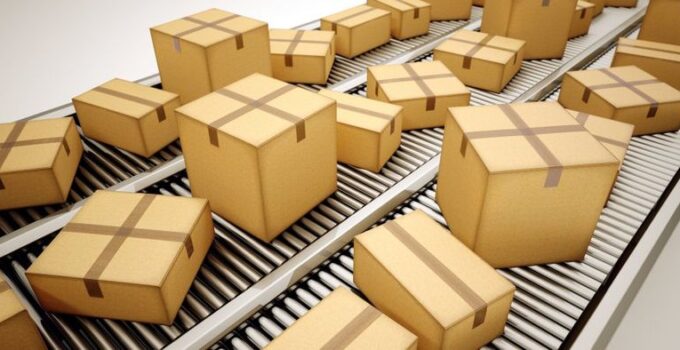Though e-commerce has made available to us a plethora of products at competitive prices, the downside of online shopping is the drab cardboard boxes that contain the goodies. They make for quite a depressing unboxing experience.
However, the post-purchase experience counts for much. Marketing does not end at the ubiquitous checkout page. As the owner of an e-commerce business, you can avail of packaging that makes unboxing a memorable part of the buyer’s experience.
Page Contents
What is Brand Identity?

source:inc.com
How would you define yourself as a person? Well, obviously, there is race and gender. But apart from those – do you see yourself as an extrovert, are you well informed, aspirational, do you have passions and interests? Myriad questions like these decide your identity. They all come together to define you.
In the same way, your e-commerce brand can be defined. Of course, much of that depends on a three-legged stool made up in equal parts about what you are selling online, who is buying, how much resource you are willing to spare for packaging and whether you have an ecommerce website design that can sell like in the Ramotion blog.
A pricey pair of Shure earphones can hardly have a garish box, and the same logic applies to any product you are selling. It has to reflect the product and create a distinct space for itself through the presentation.
What are the most critical constituents of brand identity according to realthread.com? We take a look.

source:pxfuel.com
- Logo – It is the most overt element of brand identity. The logo makes your brand instantly recognizable. It represents your products, business, and brand value. Remember the Nike swoosh and how it stands for speed and change.
- Font – Of equal importance is the font on the packaging carrying your brand name. The customized Bodoni font of Burberry is apparent even to the short-sighted. Same with Yves Saint Laurent’s use of Singulier.
- Color – Why are premium credit cards black or deep blue? These colors inspire confidence. Sports cars are red because that color pumps up the heart rate. The color of the package plays a crucial role in how your brand is seen. A youthful audience would want cheery colors that are dynamic.
- Material – Packaging material is for protecting, informing, and establishing the brand. Tiffany & Co.’s delicate eggshell blue boxes are as desired as what is inside them. The material has to be inexpensive yet have a premium feel.
Why Ecommerce Packaging Needs To Convey Brand Identity?

source:entrepreneur.com
Build lasting relationships
You are not selling through a brick and mortar store. There is no way for you to create a meaningful rapport with the customer through your website regardless of the visual appeal the template has. Two things help the customer remember you – the quality of your product and the packaging.
Online sales are impersonal, and you need to work around that. The post-purchase phase is when you can influence the customer. That is because the actual shopping experience begins when the goods are delivered.
Premium packaging makes the customer understand that the product is exclusive. Unboxing is an all-important experience and should be much more than cutting into a brown cardboard box and removing bubble wrap.
It is not that the packaging material has to be expensive and luxurious to establish a brand identity. You could create a perfectly sufficient brand identity with creative packaging designs. For more details, check out GotPrint’s take on how brands can leverage creative packaging to establish their brand identity.
Influence consumer decision making

source:pxfuel.com
The e-commerce space is full of competitors since the barriers to entry are relatively small with the entry of platforms such as Shopify.
How do you differentiate your products and branding from your rivals? Why should they visit your store next time they want to buy? You have to offer a USP, something that makes shopping at your store more memorable and desirable.
Of course, it has to be a mix of product, price, and packaging. But do not neglect the last one to save costs. With near-complete lack of product differentiation (unless you are selling something rare like the first edition of a Hemingway novel), it is packaging that rescues you.
Packaging creates the first impression of the product. How would you feel if a $700 cell phone was wrapped shoddily?
You have an opportunity to send a message through the box containing the product. There might be a tag-line, a slogan, a catchphrase, or simply an excellent choice of color and font. The possibility for communication is literally limitless.
Promote your product line

source:culturainteractive.com
Through effective packaging, you could promote a whole host of products. The package is prime real estate. During unboxing, you have the customer’s full attention, unlike on a laptop screen where he/she might get distracted or just bounce off your site.
Here are 5 messages you can convey to a potential customer via your product’s packaging:
- This product is unique, just like you are!
- Here’s how to use the product.
- Here’s how this product matches your values (vegan foods, recyclable, etc.)
- Here’s how the product will appear when in use (and here’s the positive state of being it will bring about)
- Don’t look anywhere other than here, because I’m the product you need!
Packaging doesn’t appear like ‘just another task to be managed’ now, does it?

source:pxfuel.com
Even after unboxing, the package may lie around for a while before being discarded. Use this opportunity wisely. This is an ideal time to remind the customer what your brand stands for. Incorporate a “wow factor” with bespoke designs and labels, check out iCustomlabel that would make the customer return to your online store time and again.
Conclusion

source:pxfuel.com
Whether your products are sold in retail stores, or purely via e-commerce business, the package is not to be neglected. It serves a useful purpose in communicating your company’s value and establishing brand identity. Attractive wrapping also makes the customer return if they want to purchase the same type of product again. Think of your product packaging as the first impression you will make on a customer.





